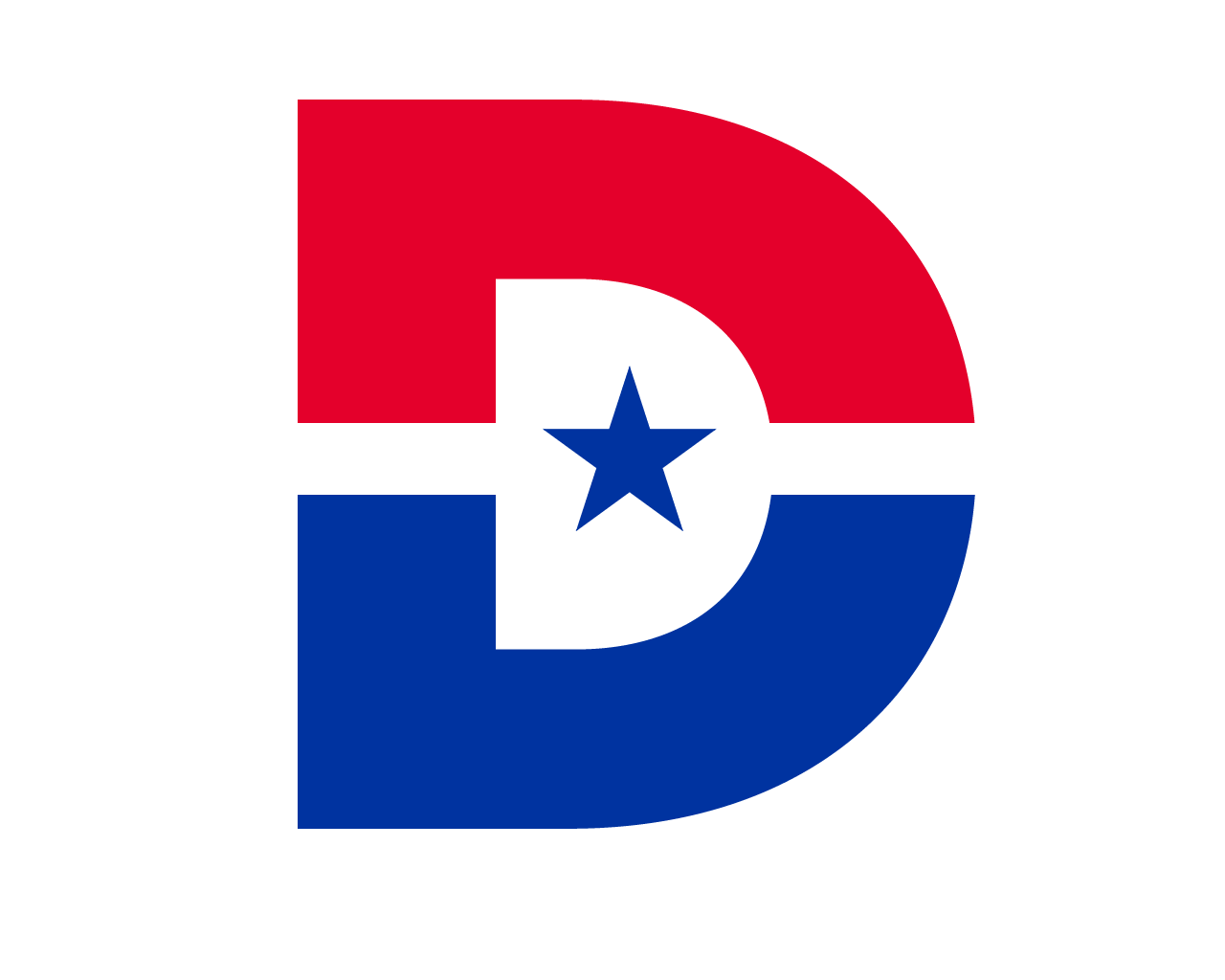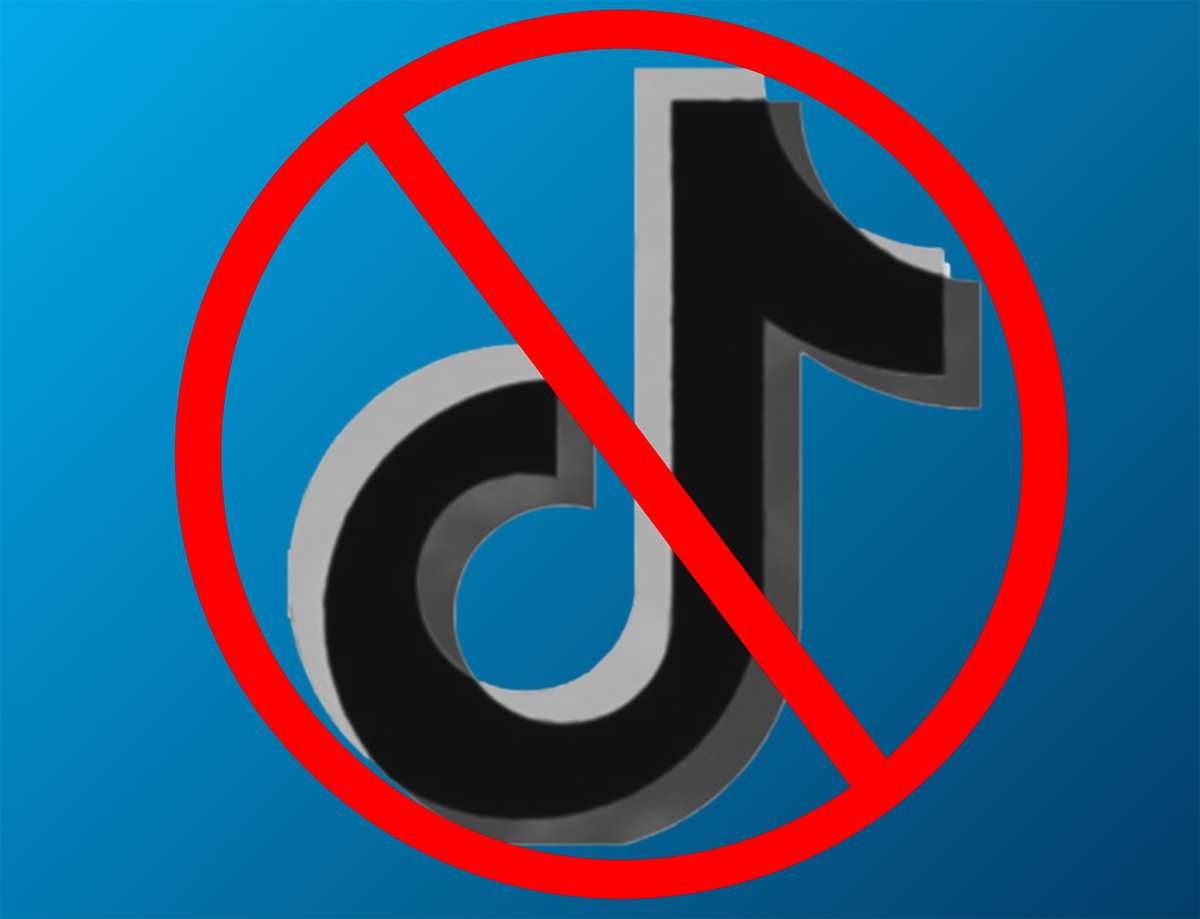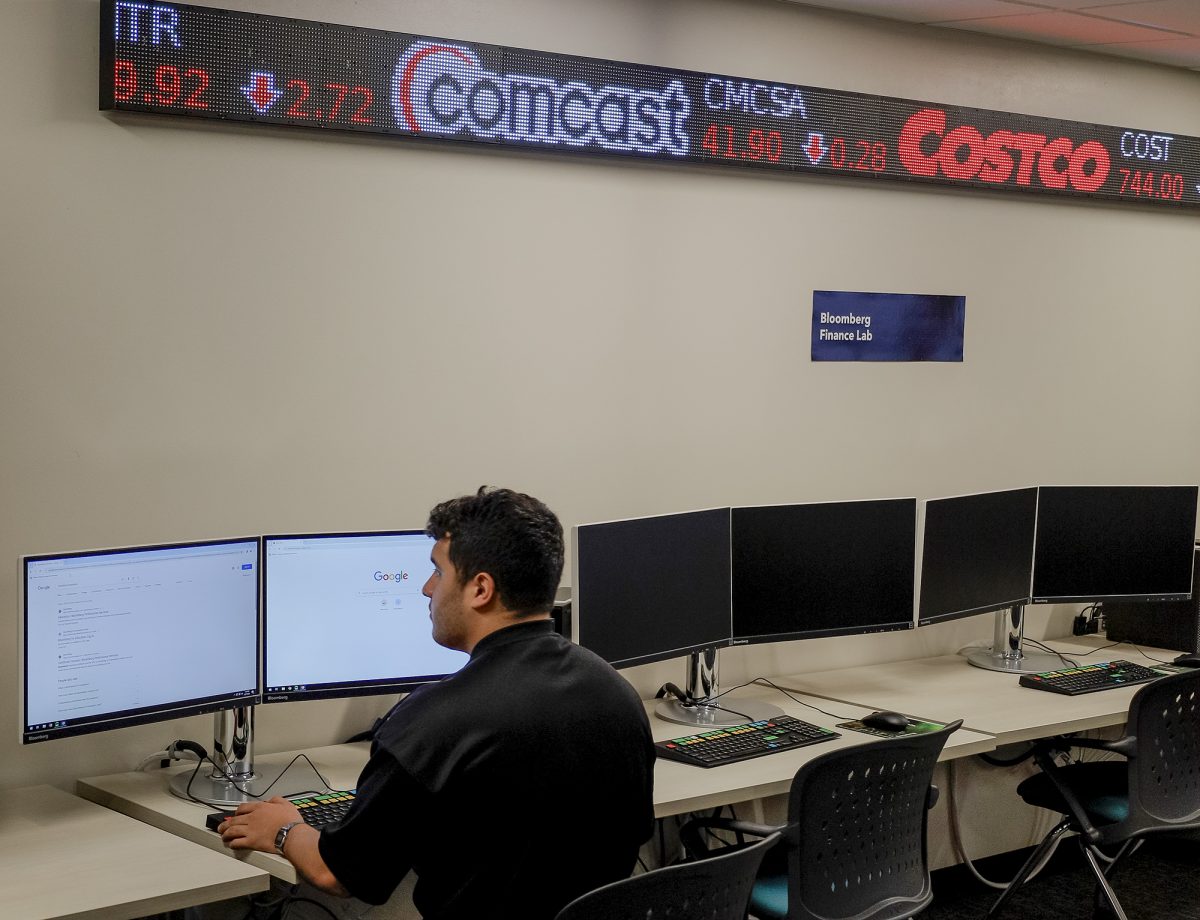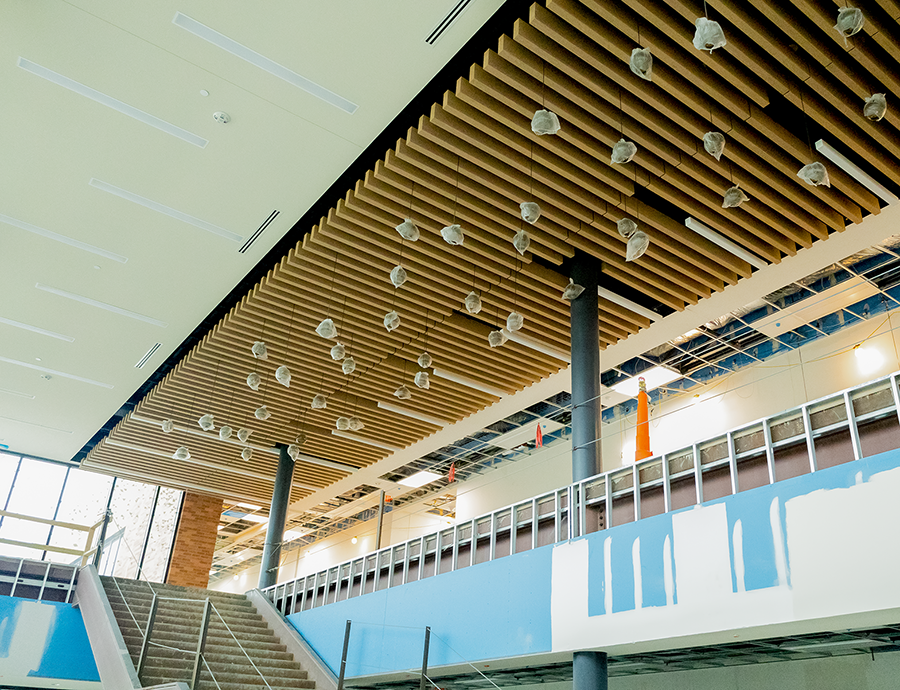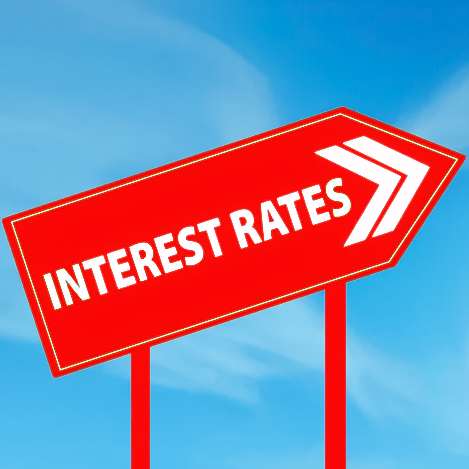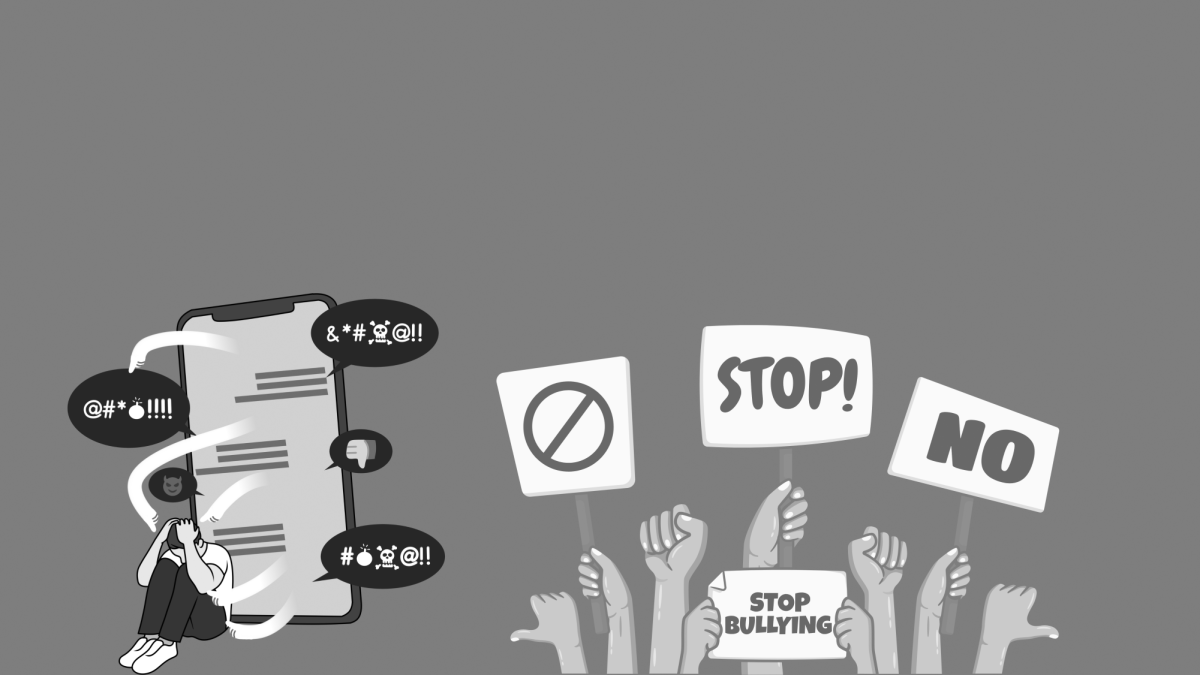Managing Editor Alex Ortuno
Supply disruptions have been an issue historically but the COVID-19 pandemic changed the way trading was being done. With a newly discovered disease in 2020, trading had to abide by health and safety regulations to keep workers safe and prevent any further spread of infection.
In 2021, another disruption of supply has occurred in the ports of Southern California where ships filled with cargo are anchored offshore, , waiting to unload their cargo. Supplies are not reaching their destinations, prompting companies to make changes to product amid shortages of a variety of products.
Despite the issue being on the West Coast, it is also a global situation as California farmers are unable to export their crops to Asia, according to The Associated Press.
In an effort to ease the situation, California Gov. Gavin Newsom signed an executive order Oct. 28 that directs state agencies to find ways to lessen the congestion of cargo ships. On Oct. 13, President Joe Biden said in a conference that several ports will stay operational at all times to ease the supply disruption.
While efforts are being done in a way to ease the situation, Todd Senick, lab manager at the Bloomberg Finance and Investment lab at Dallas College Richland Campus, said the impact of the cargo ships waiting to be unloaded can be felt across the nation and locally in the Metroplex.
“We’re seeing those [ships] are waiting to be offloaded but there’s an impact from here on goods and goods being transported throughout the United States from those ships and what those goods are,” Senick said.
Many kinds of products may be appearing less often. This will especially hamper availability of specific products already experiencing shortages or products arriving from Asia.
“We’re seeing a huge problem with car inventory on dealership lots. We’re seeing a huge problem with semiconductor chips. We’re seeing a huge problem with anything [that] is basically shipped from Asia into the United States is getting backlogged,” said Senick.
Senick believes the supply situation has a problem with a shortage of workers but overall believes there are a multitude of problems, mainly stemming with the economic reactions from several countries around the world to the COVID-19 pandemic.
“If you go back and look at the summer, countries were trying to open up. The [United States], other large countries [like] Germany, Eastern Europe, Western Europe, all of them. So to put a large amount of demand that was backlogged from 2020 but getting those workers back was the hardest thing to do. Not only here, and especially here, but probably in China as well.”
As the cargo is yet to be unloaded from the ships off the coast of California, product prices are expected to fluctuate as supplies may vary from different products.
“Food costs are going to go higher. Steel costs have gone higher, it’s just been kind of a ripple effect throughout the whole ecosystem. So to take an example of that would be Peloton, which, you know, makes the bikes. They just came out with earnings [on Nov. 4]. They have lowered the price of their bikes, their workout equipment, however, the costs of the equipment has gone higher, the steel, the chips, the processing, all of it has gone higher,” said Senick.
Senick stated that more products may run out of supplies later in the year and may last into the next year. For individuals who are concerned about the issue of rising prices, Senick said that saving money can be beneficial, especially for those who are raising a family or are in a tight economic situation.

